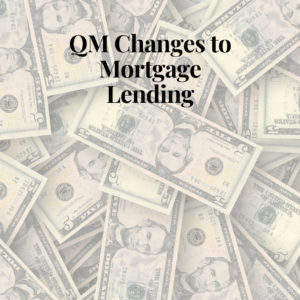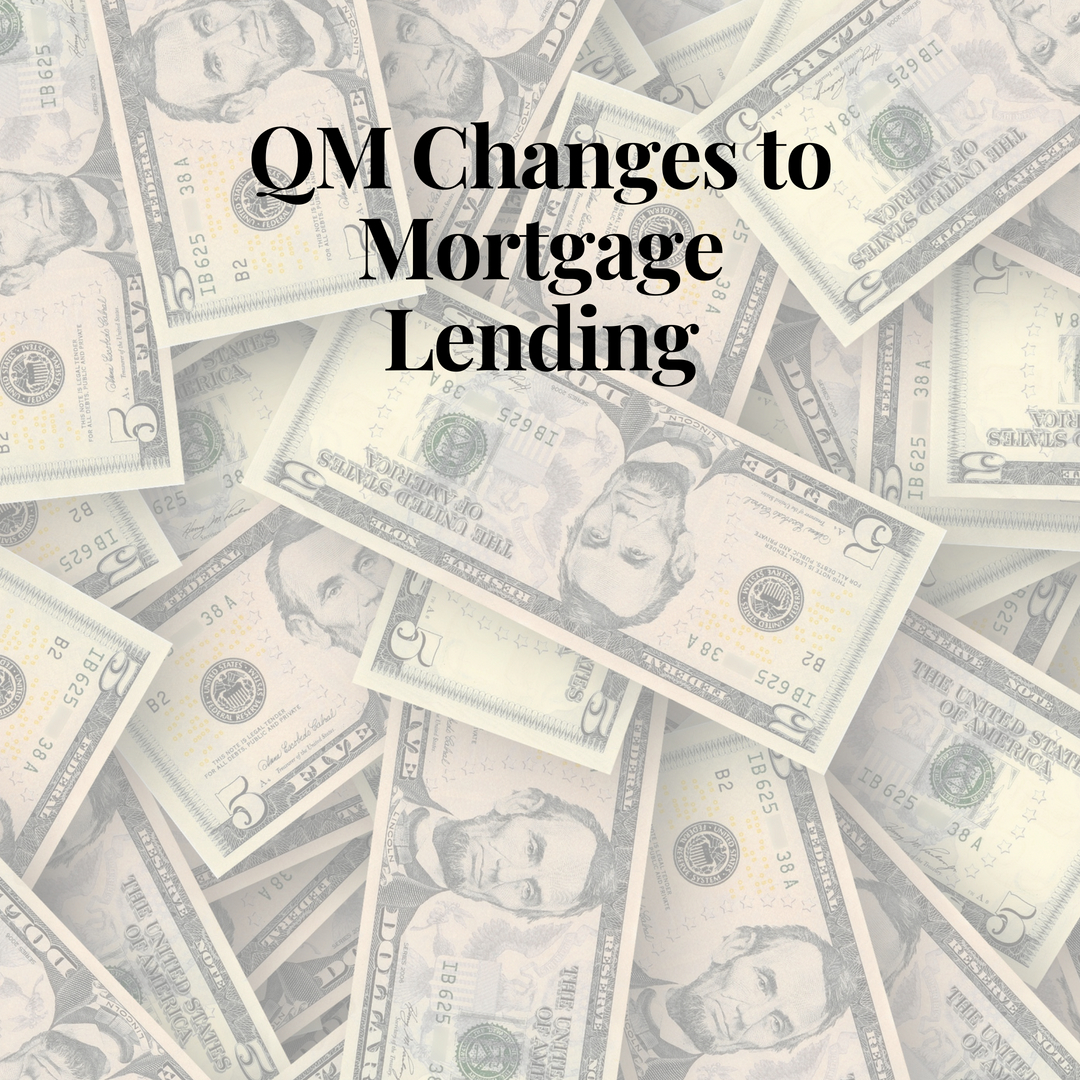 Whether you’re refinancing your home loan or planning to buy a home in 2014, you’ll be among the first consumers to apply for a mortgage under new rules established by the Consumer Financial Protection Bureau.
Whether you’re refinancing your home loan or planning to buy a home in 2014, you’ll be among the first consumers to apply for a mortgage under new rules established by the Consumer Financial Protection Bureau.
Known as “Qualified Mortgages” or QM regulations, these new rules are meant to protect consumers from unsustainable loans and to prohibit lenders from approving loans for unqualified borrowers. The rules, part of the aftermath of the housing and financial crisis, change the availability of some loan programs and limit the fees that lenders can charge to consumers.
QM Changes to Mortgage Lending
Several loan programs that the CFPB believes are dangerous to consumers are not eligible for QM status, including no-documentation loans, 40-year loans, interest-only loans, loans with a balloon payment, option loans in which borrowers could pay less than the full amount due, and loans with negative amortization in which the principal balance grows because the monthly payments are artificially low.
Borrowers won’t necessarily feel the absence of those loan programs since lenders stopped offering most of them years ago after the housing crisis. Also, over the past several years lenders have increased the level of documentation required of all borrowers to comply with other regulations and underwriting standards.
Borrowers will be impacted more by two other aspects of QM loans: Lender fees are limited to 3 percent and have a hard line for your debt-to-income ratio. The limit on lender fees applies to loans above $100,000 and will reduce the up-front costs of a mortgage.
Under QM rules, your debt-to-income ratio, which compares your gross monthly income to the minimum payments on all your debts, must be 43 percent or lower. Some borrowers may no longer qualify for the loan amount they applied for under these rules and will have to reduce the amount of the loan or pay off other debt.
Lenders can offer both QM and non-QM loans as long as they verify that borrowers can repay the mortgage, but the advantage of a QM loan is that it can be purchased or guaranteed by Fannie Mae and Freddie Mac. The lender then receives legal protection for QM loans against future lawsuits from disgruntled borrowers or investors.
Impact of QM
The impact of these rules remains to be seen. Some mortgage experts are concerned that the stricter rules will keep borrowers who are on the margins from qualifying because they limit lender flexibility.
In the past, for example, if you had extensive cash reserves in the bank but were semi-retired with a low or moderate income stream, a lender might have been willing to approve a loan based on your cash and a good credit profile. Under QM rules, the debt-to-income ratio limit must be observed without exception.
Similarly, if you’re stretching your budget to buy a home now but know you’re in line for a promotion and raise, or about to finish law school or to pay off a debt with a bonus, lenders in the past might have approved your loan based on that information and your good credit. QM rules limit lenders’ ability to approve loans under those circumstances. In particular, self-employed borrowers are likely to face deeper scrutiny of their income and their ability to repay a loan.
If you find yourself impacted by the ability-to-repay rule because of your debt-to-income ratio, you can look for lenders who offer portfolio loans that they don’t intend to sell to Fannie Mae or Freddie Mac, because in some cases they’re willing to make an exception and approve a non-QM loan. On the other hand, if your debts are too high and your credit isn’t strong enough, it’s better for you and the lender to wait until you’re better prepared financially to pay for a home.
Real Estate News | Jan 27, 2014 | By: Richard Core | http://www.realtor.com/news/what-the-new-mortgage-rules-mean-for-borrowers/#.UuaYURAo6Uk




